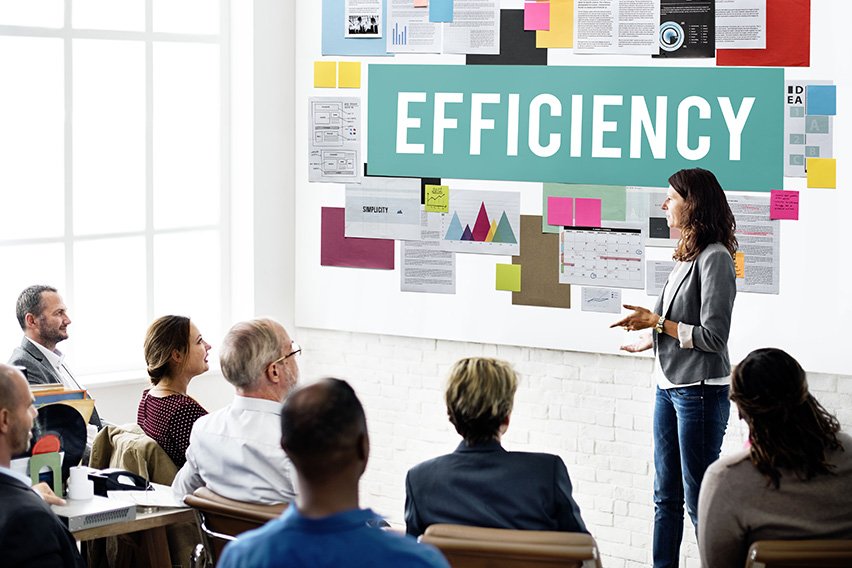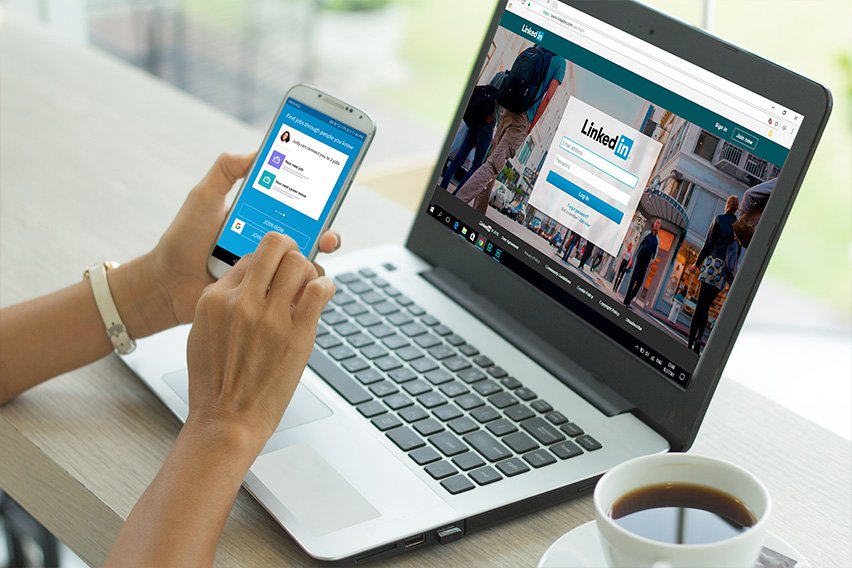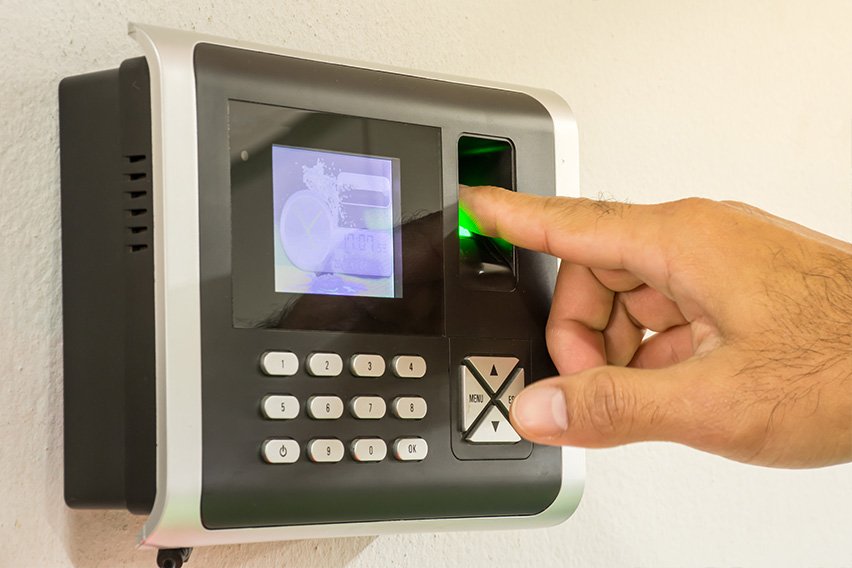Improve the Efficiency of Your Employees: 10 Proven Tips for Small Businesses

Improving the efficiency of your employees goes far beyond making sure employees are working every hour they’re at their desks. Increasing the productivity of employees means engaging them and understanding why they’re not being efficient in the first place.
Our 10 proven tips for improving employee performance at work will not only help your bottom line, but create a loyal and engaged workplace culture.
In this article, we’ll cover:
- Economic Incentives for All Employees
- Meaningful Feedback
- Make Respect a Priority
- Loosen up on Internet Bans
- Train All Levels of Management
- Support Employees
- Set Clear Goals
- Increase Praise and Recognition
- Build in Breaks
- Senior Management as Role Models
1. Economic Incentives for All Employees
Make sure your incentives apply to all level of employees, not just senior-level workers. If you want even your lower-level employees to be committed to your business’s success, you absolutely must implement healthy incentives. To justify the cost, make sure your incentive program is tied to specific earnings or revenue targets, recommends Forbes.
- Tip: consider gift cards, a points program for cash or discounts, raffles or discounts on health insurance

2. Meaningful Feedback
We’re not talking about only positive feedback, it wouldn’t be real feedback if it wasn’t truthful—and that can include areas of improvement.
The important part is delivering meaningful feedback, feedback that is truly helpful and encouraging to employees and helps them to make positive changes. Feedback should always be thoughtful and is best done on a regular basis to make sure employees are on the right track.
- Tip: pay attention to your body language. Adding nods and smiles to feedback sends positive signals. Tone of voice is also important. Practice delivering feedback with a trusted colleague and see if they can identify any negative signals you’re not aware of.
3. Make Respect a Priority
There’s a difference between respecting employees only for the work they do and respecting them as individuals … and you can bet your employees can tell the difference. Productive employees are employees who feel respected for the people they are.
It’s a simple but very effective strategy to not only increase employee productivity in the workplace but cultivate employees who won’t think twice about going above and beyond for you.
- Tip: encourage employees to express their opinions in meetings. Don’t talk over them or cut them off. Praise good ideas.
4. Loosen up on Internet Bans
Facebook use at work isn’t the root cause of poor employee performance. Lack of respect, incentives and clear goals are all factors which cause employees to waste time online. Restricting internet use will only add fuel to the resentment fire.
Plus, letting employees use the internet as they like lets them solve work-related problems in new and innovative ways. For one, social media is a great marketing tool and way to track competitors, says Entrepreneur.
- Tip: be clear about what browsing is okay and what isn’t. Explain what’s fair in terms of using computers for personal use and what isn’t.
5. Train All Levels of Management
Don’t just train top management, but middle managers and supervisors, too. Often these overlooked managers, who are earlier in their careers, more desperately need the support training and development opportunities provide.
- Tip: if formal training is too expensive, give them an allowance for online courses, buying books or conferences. Reward employees who learn on their own.
6. Support Employees
Support from leadership can appear in many ways but it has one thing in common: employees will be incredibly grateful for it.
Support can mean replacing an employee’s inefficient or outdated equipment, supporting work-life balance and providing emotional support when an employee’s been the target of unfair criticism. Support when employees need it most is a powerful way to improve workplace morale and loyalty.
- Tip: relate to your employees. If an employee’s going through a challenging time, talk about ways you dealt with a similar situation. Don’t be afraid to expose your own weaknesses and vulnerabilities.
7. Set Clear Goals
One of the best strategies to increase employee productivity in the workplace is to make sure employees know exactly what their goals are. Set up clear rules and expectations and why the goal’s being set. Apply goals evenly within departments, or the company as a whole, so no one feels singled out.
Just as important as having clear goals is having strategies in place if employees aren’t meeting their goals. Set up regular check ins to monitor progress and set up counselling with employees who are unproductive. It’s crucial to zone in on exactly why the employee isn’t succeeding—are there too many distractions at the office (or their home office)?
After all, spending time on helping employees improve is a lot more cost effective then making a new hire. Prioritize employee retention.
- Tip: it’s a good management practice to let employees monitor their own productivity, as well. Software can let employees monitor their own progress and keep themselves accountable to pick up the slack. You can set up a tracker of what sites and apps they spend the most time on, so employees can better see where they’re wasting their time and turn the exercise into a game where they try to improve on their productivity day over day, according to Entrepreneur.
8. Increase Praise and Recognition
If an employee does something that merits praise and recognition, don’t let the opportunity pass you by. Recognition can actually be an even better motivator than money, according to Forbes.
- Tip: be specific in your praise and don’t let time pass between the good deed and praise. Also be sensitive to the individual: some enjoy public praise and some greatly prefer a private word.
9. Build in Breaks
Driving employees until they collapse is not an effective management practice. Everyone needs a break, whether it’s short or a longer vacation, and it even helps improve brain function according to Forbes.
This could be as simple as realizing employees need a chance to decompress and use their work computers for personal use.
- Tip: build in break time into employee calendars and encourage them to use that time to listen to a short guided meditation or take a walk, such as at the 3 p.m. lull period.
10. Senior Management as Role Models
Workplace morale depends on employees respecting senior management. If they respect and admire their leaders, employees will be more enthusiastic about their work. Leaders need to act the way they expect their employees to act or employees will notice—quickly.
- Tip: encourage work-life balance by taking mental health days, refraining from tons of overtime and not emailing employees at all hours. It’s also important for business owners to admit their mistakes, listen to employees and never make snap judgements.

People also ask:
- What Is Employee Efficiency?
- How Can You Improve Your Performance at Work?
- How Do You Deal with Poor Performance at Work?
What Is Employee Efficiency?
Employee efficiency is how long it takes an employee to perform a unit of service (UOS) compared to how long it theoretically takes to perform it. Most industries already have benchmarks established, though each individual company needs to decide how their own employees should be measured, according to the Houston Chronicle.
How Can You Improve Your Performance at Work?
Here are seven work efficiency tips to improve your performance at work:
- Look for a mentor: let your network know you’re on the hunt. The right mentor won’t just spout advice, they’ll listen and ask questions that will make you look at your job in a new way.
- Acknowledge the good work of others on your team: this has a surprising side effect of making you more efficient and engaged at work
- Take advantage of interruptions: keep a list of things you need to discuss with your coworkers and every time they interrupt your work, discuss their items on the list. This will make interruptions much more productive and efficient.
- Pick your top three must-dos for the next day: every day before you leave work, list the three areas you want to make significant progress on the next day. The next day, check in with this list every couple of hours.
- Move on: when a job’s done, call it done and move on. Pass it in to your boss. Your to-do list is probably long and you likely won’t have the time to polish it up to theoretical perfection.
- Ask for help: don’t waste time thinking you should know how to do something. Collaboration is crucial. Ask for help and watch how much your efficiency improves when you work with someone else.
- Don’t rely on your memory: make a system to write down and incorporate new ideas into your work.
How Do You Deal with Poor Performance at Work?
Here are five tips to deal with poor employee performance at work:
- Track employee performance: this means taking several weeks to closely monitor an employee’s performance and what areas they need to improve on
- Meet with the employee: ask the employee first to evaluate their own performance. Then mention specific concerns about their work performance so they know how to improve. Avoid blanket statements.
- Collaborate with the employee on solutions: what does the employee think they need—more training? More oversight? Or maybe they’re experiencing problems at home. Brainstorm together ways for them to get help.
- Set clear goals and timelines: discuss with the employee the steps to improve their performance and what the timeline will be. Clearly outline what you expect and what consequences there will be for not meeting your goals. Put his performance in context: explain how it affects other departments and overall company performance.
- Follow up: set up meetings before the timeline expires to do course correction, as needed. Encourage the employee for their good work or take action to demote or fire the employee if they’re not making an effort.
RELATED ARTICLES

 15 Hacks for Improving Efficiency in the Workplace
15 Hacks for Improving Efficiency in the Workplace 7 Proven and Budget-Friendly Ideas to Improve Your Small Business
7 Proven and Budget-Friendly Ideas to Improve Your Small Business Best Receipt Scanning Apps (2025)
Best Receipt Scanning Apps (2025) 8 Best Apps for Entrepreneurs (2025 Edition)
8 Best Apps for Entrepreneurs (2025 Edition) How to Keep Track of Employee’s Hours?
How to Keep Track of Employee’s Hours? What Is a Time Log? Time Tracking Basics
What Is a Time Log? Time Tracking Basics